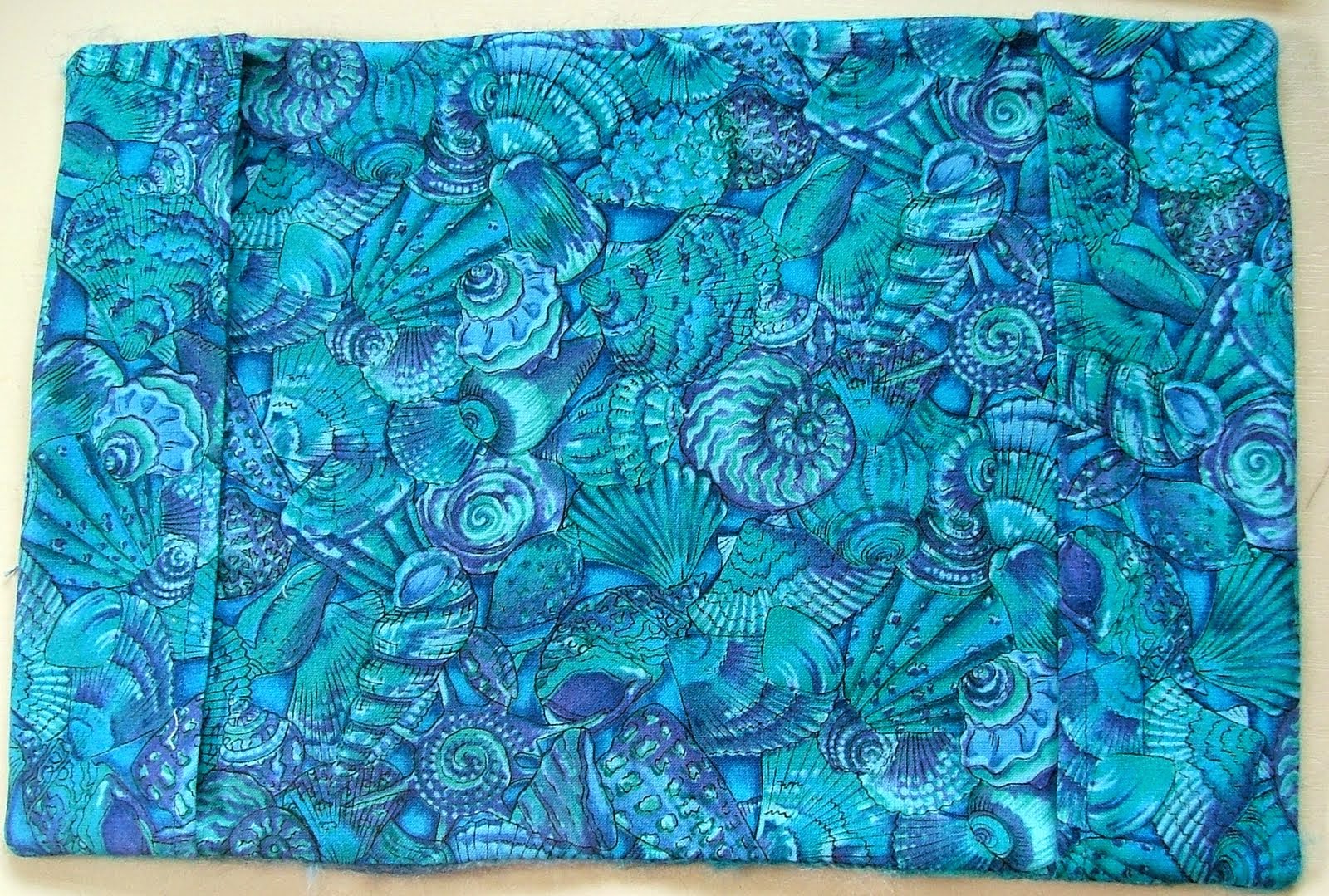The official UK summer holidays for schools are now on and
many groups take a well-earned break from their routine meetings. I think this
is a good idea because you start again refreshed and eager in September. So I
too have decided to take a break from my usually ‘quilty’ things.
Over the past few weeks I have continued to sort out and
throw out, emptying files and cabinets of all the things I no longer think are
worth keeping, like all the magazine projects and articles that I have
accumulated over the years. Some of the detritus goes back to my very early
quilting days 30 years ago and much of the detail and most of the methods have
been long superseded by more up-to-date approaches. I had kept articles on
quilters that I admired and there were files of pictures of quilts that I loved,
pages of tips and wrinkles, advice on quilting supplies …. And so it goes on. Now
there is Google and I have all the information I could ever want or need at my
fingertips as well as any amount of advice, comment or demonstration videos
that I could wish for. And I also own shelves of books. I have over-load on a
grand scale!
So a break is a good idea and during this precious free time
I am going to work my way through projects and skills that I have wanted to try
but never got round to having a go at
them. I am interested in processes rather than an end product which was my only
aim in the run-up to the Gresford craft show. Look in often over the summer and
you should see a plethora of ideas (some successful I hope, and some not I dare
say). I will just go wherever the creative wind blows me and see what comes out
of it! It is a rare chance for me to play.
I have had a go at simple wet felting once and this is what
I made from a mixed bag of fibres. It feels very soft to the touch and
surprisingly tough.
Wet felting
Then a good friend recently gave me some wool tops (roving)
that she bought and never used. These are the recommended fibres for felting
and this gave me the impetus to start exploring what I could use them for. But
first, I need to make something as a thank you for my friend so that I didn’t
have a guilty conscience about using her fibres!
When I inspected this first attempt closely, I found that I
was distracted by the needle holes punched into the felt; I much preferred the
texture of the WS. That said, I used the needle-punched side to create an A5
book cover for my friend. I made extra felt and cut out a large and small
flower which I added by needle felting them to the front.
What did I learned?
The process of felting with the machine is safe and easy.
There is no danger of getting your fingers under the needle and apart from the
using colour in a more thoughtful way for future projects, it is simple to do.
I prefer the look of the WS of needle-punched felt. (Can a
piece be made in reverse I ask myself?)
I like the fact that there was no backing layer, this was
pure felt made with the correct materials.
This first attempt made me ask myself whether I would like
to try to use felt in a more painterly way.













No comments:
Post a Comment